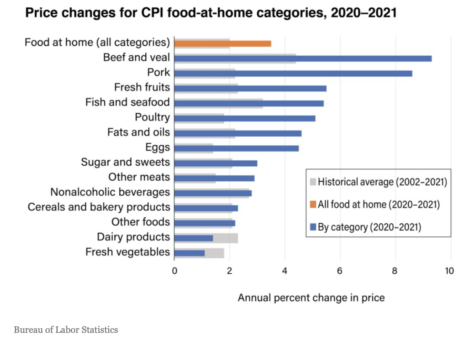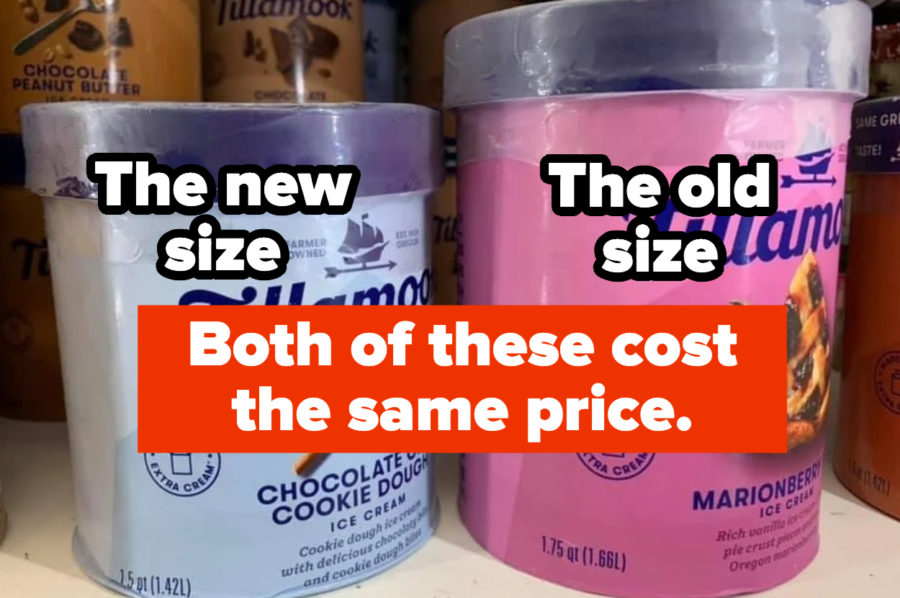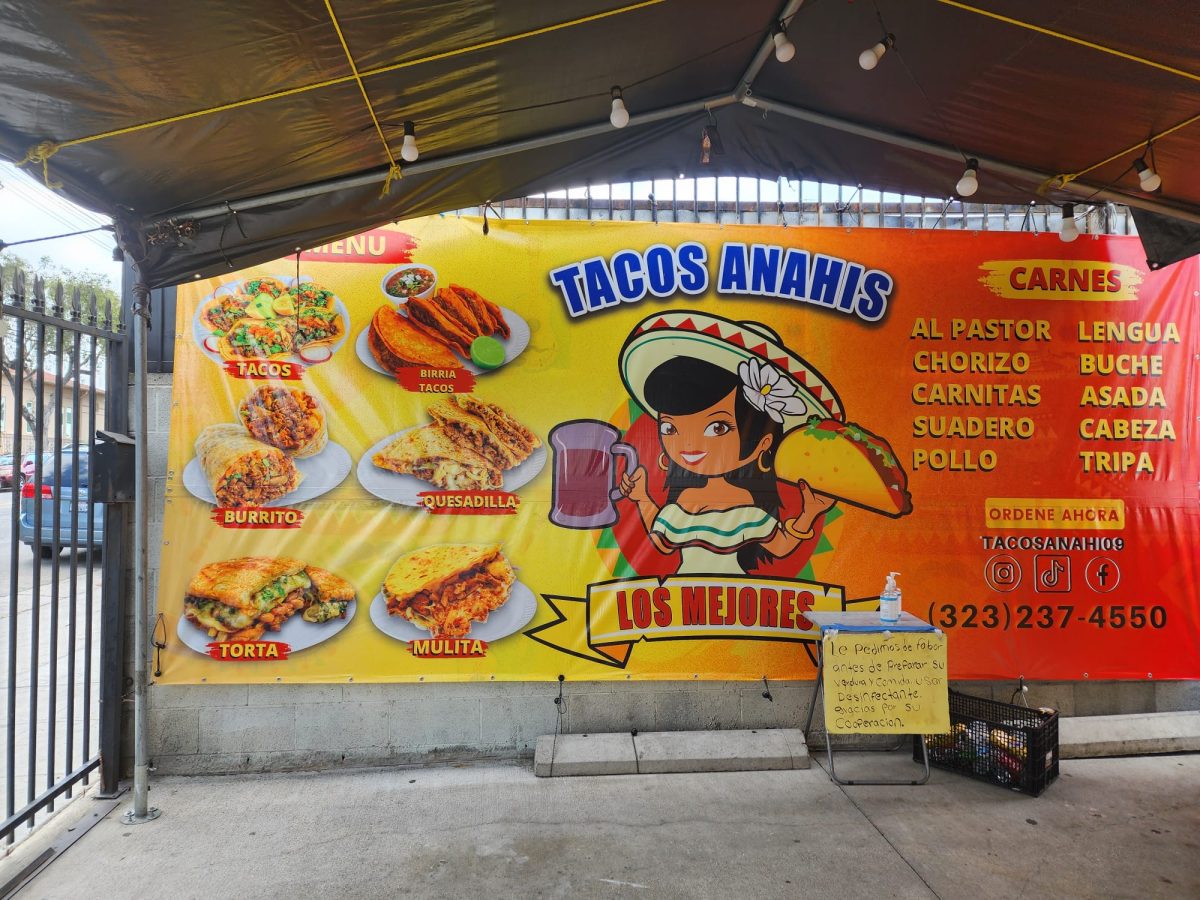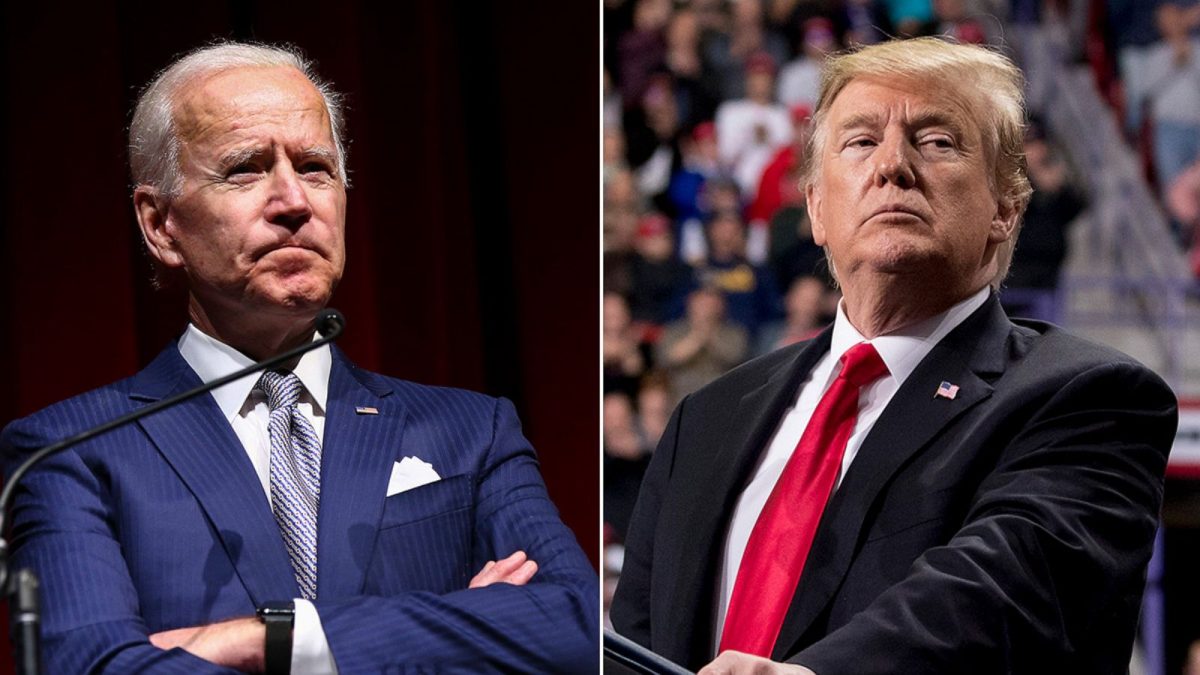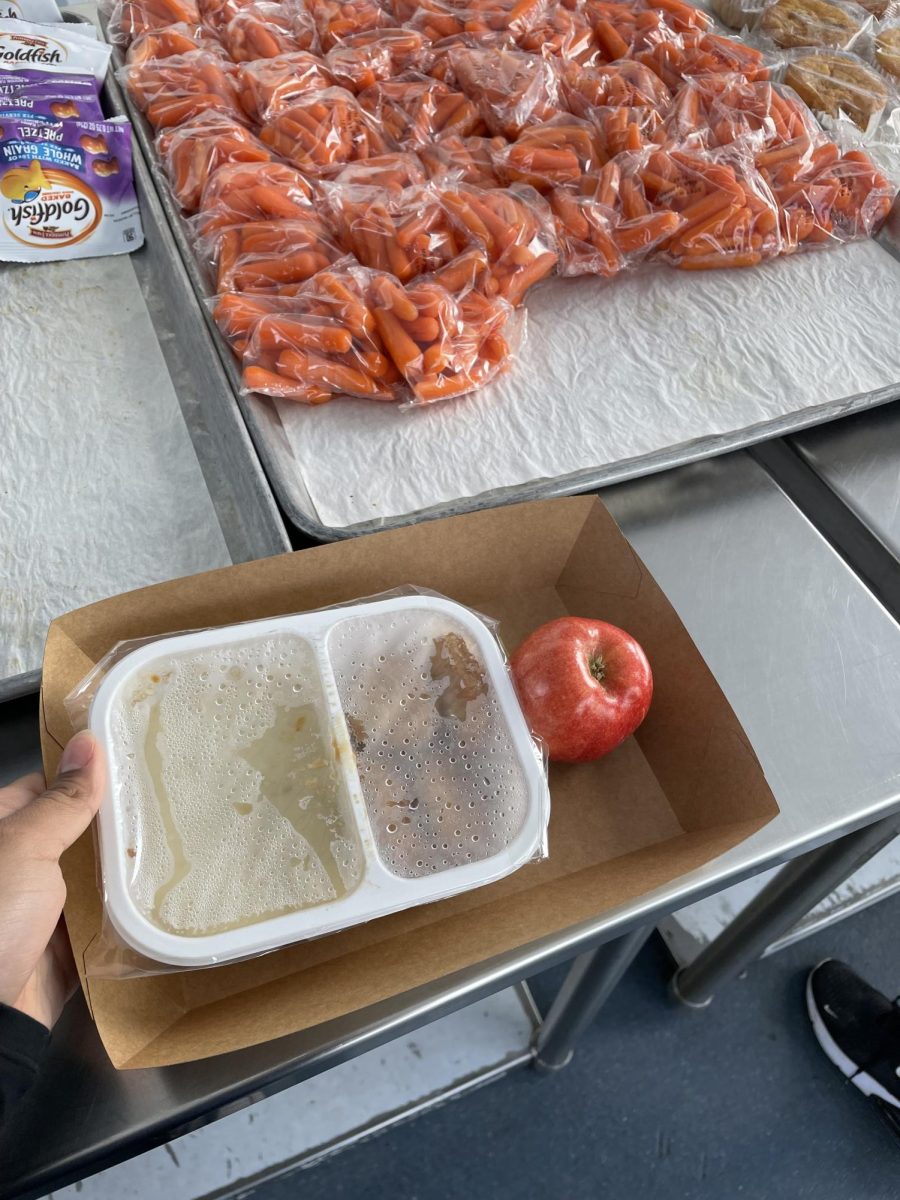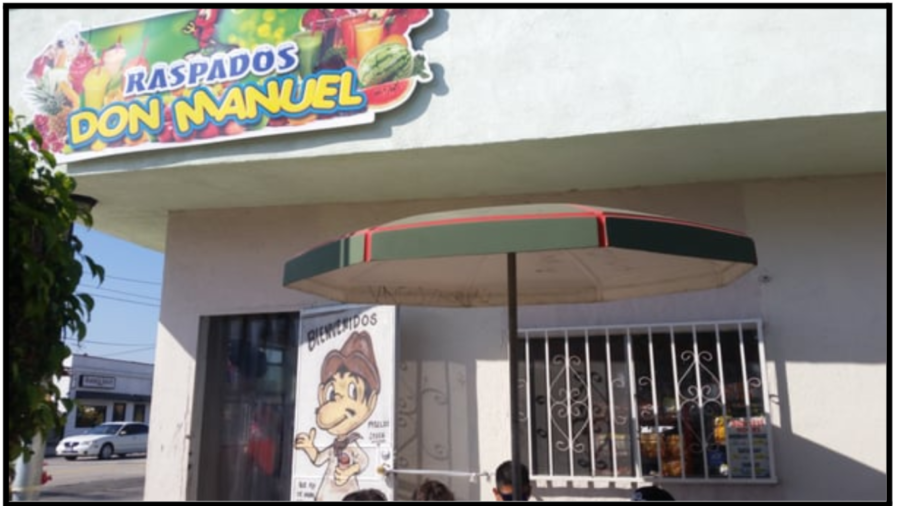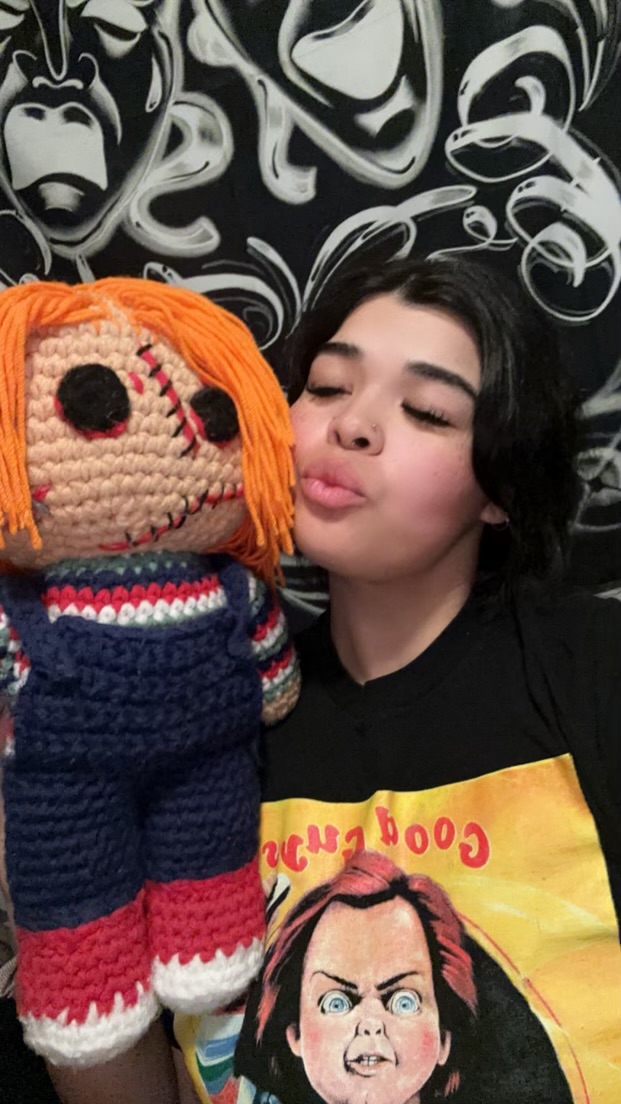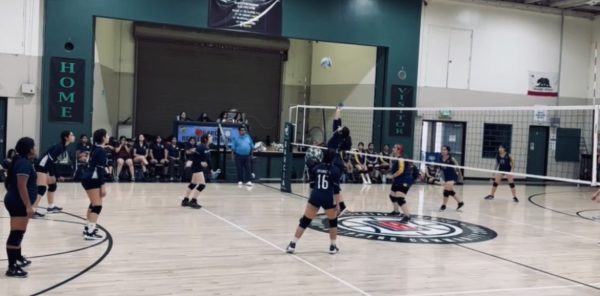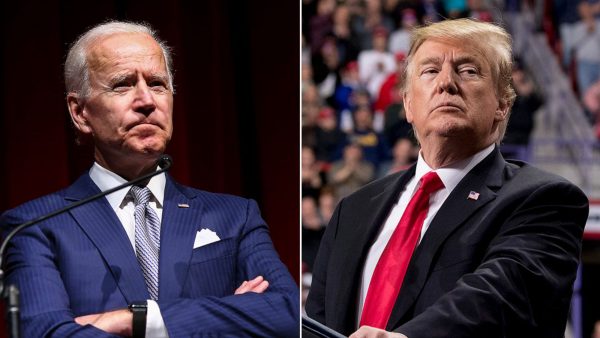Shrinkflation
June 8, 2023
“Shrinkflation has gotten worse,” experts say. Prices of consumer goods are increasing at the fastest rate in 40 years. Shrinkflation has been accelerating worldwide in recent years and has impacted many people and families. The term shrinkflation describes brands selling smaller amounts of product for the same price as before. It is a sneaky way for brands to hide growing prices. Some companies don’t want to increase their prices, instead they’re maintaining a similar price point and making their products smaller. This can include making candy bars sold in multipacks smaller than ones sold individually, or changing the shapes of their products so you can barely notice the difference in weight.
It’s important to look out for any of these signs because shrinking prices can eat away at your savings and make it much more difficult to shop for necessities. These prices are often overlooked by shoppers because we’re so used to seeing prices rise. As many of the prices shrink, you may be paying less for groceries but you won’t be getting as much food and eventually many people end up feeling like they’ve gotten ripped off.
“Shrinkflation has been going on for decades and decades. I used to call it downsizing.” Edgar Dworsky said. Cans of Pringles are different weights depending on the flavor in the US, but at Target they all cost the same.
This effect is often seen at multiple grocery stores where the sale price is only for one week or a day and then it goes back to its original price. If you ever find yourself having to constantly put your money towards things like groceries, gas, clothing, and other necessities then shrinking prices might be happening to those items in particular.
